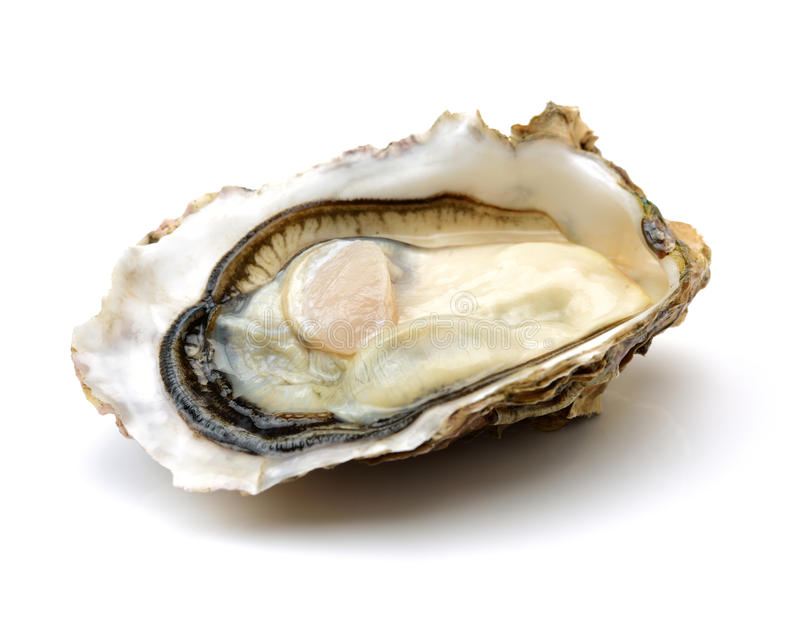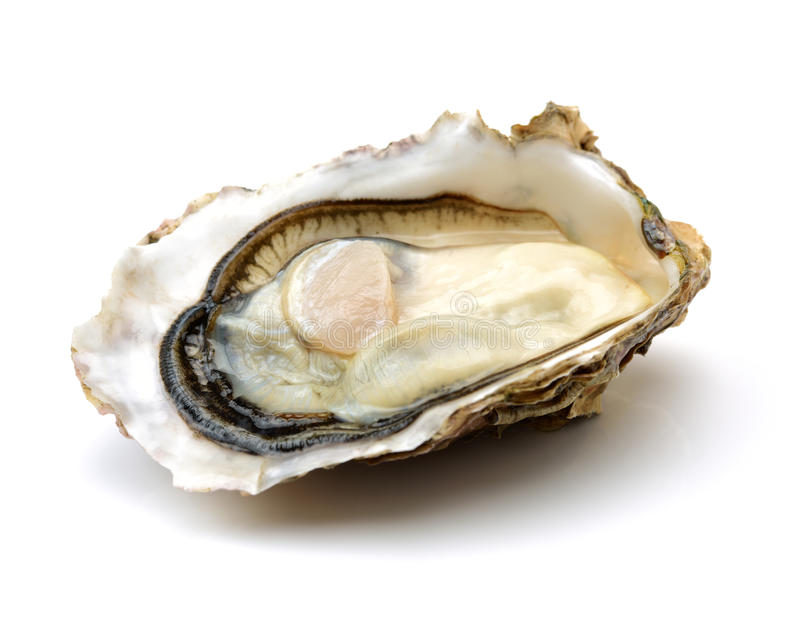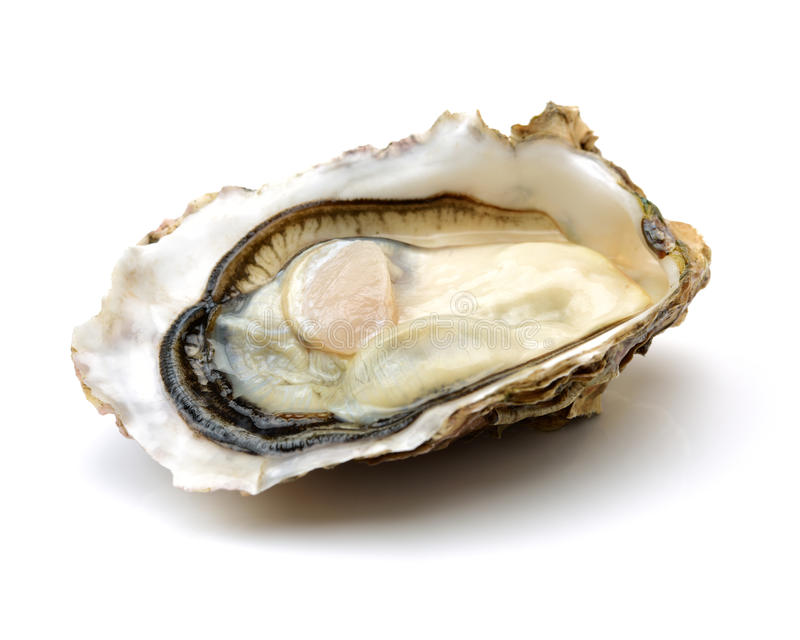Five Oyster Species
Oysters on the Palate
A great celebration food, the meaty bivalve is just as delicious slurped with beer as it is with champagne.The flavor and texture of each of the five oysters species fluctuates by region and growing conditions. Much like the way vintner’s grow grape vines and understand the effect of water, sunshine, the mineral content and chalkiness of the soil, oyster growers notice a nuance of taste and texture of oyster meat depending on the salinity, type of algae growing and the minerals in the water. Significant rainfall, or oysters grown near freshwater, tend to taste less briny. East and West coast oysters, while equally delicious in their own right, also show shell and taste differences. Bigger, brinier, and with stronger mineral notes and chewier texture, East Coast oysters are flatter, often bigger, and rounded edges. Their West Coast cousins for the most part have deeper pockets and more jagged edges with fruit and seaweed nuanced flavors—melon and cucumber the most common flavors associated with these sweeter, less briny, and more creamy textured mollusks.




Five Common Oyster Species
Forget about the 1599 A.D. mantra of eating oysters only in months that end in ‘r’. Old and sage advice for oyster eaters of times past when refrigeration and ice were yet to be invented and the chances for algae bacteria such as red tide increased. Back in the day nearly all oysters were harvested from the wild. Warmer waters trigger spawning season, a time when the muscle flesh basically loses its.
Today, thanks to modern oyster farmers, science and strict environmental regulations, it is safe to eat oysters in the summertime. Have no fear, gauges are here: water quality and bacteria are continually monitored, and many oysters are bred to be sterile so they never become flaccid.








